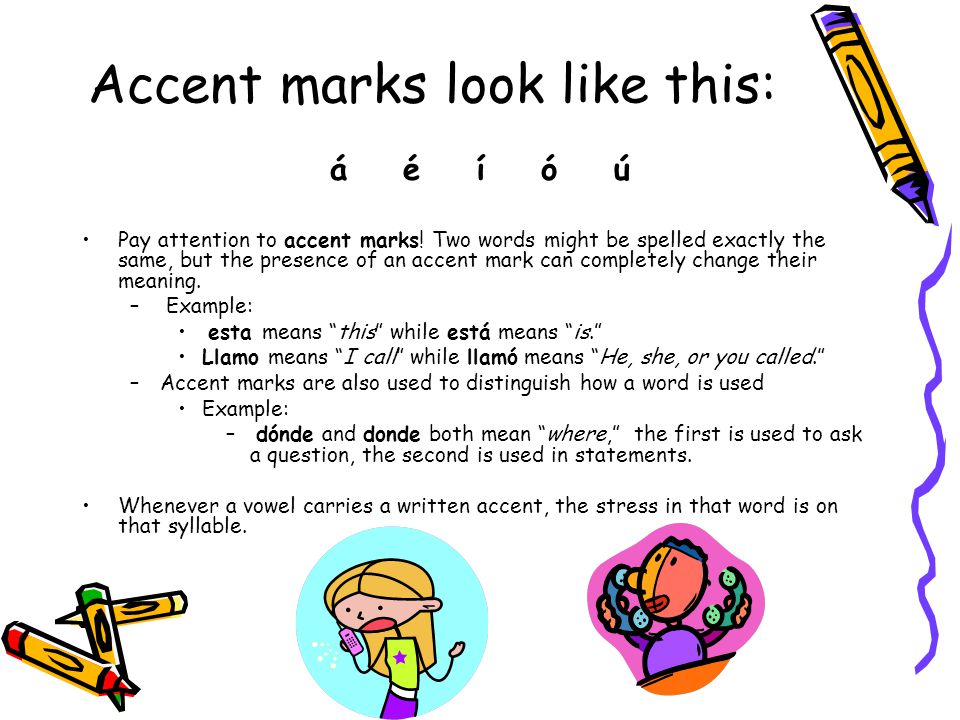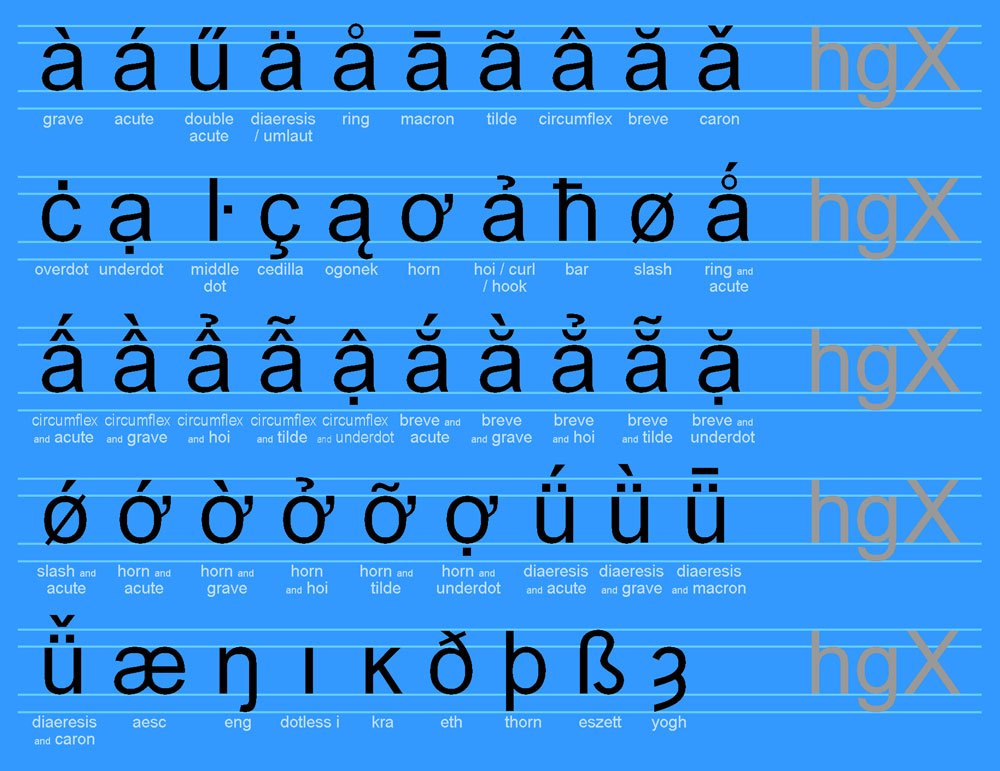
While Imam abu Hanifa was only familiar with kufi qira'a -the 'Othmans therefore helped the riwaya of Hafs to get a leading position in the Ummah-, a-Shafi'i with the Makki and Malik with the Madani qira'a. Until today many people seek for scholars with a connected narrator chain of a qira'a until our Prophet () the shortest chains would have 27-28 intermediates! The same applies for hadith collections! As it seems among the Imams of the 4 sunni schoools of jurisprudence Imam Ahmad was the one with more knowledge of this kind as he at least knew the kufi-qira'at and the one of Medina.

None can be called hafidh/hafiz unless he has learnt and memorized the Quran from a former hafidh, else scholars would speak from a moshafi a person whom learnt and memorizes from a book or papers. Quran is the recited and orally-transmitted word not the text nor the bookīut the most important thing to know is that the Quran is only the oral transmitted text not the book, so what ever is inside of this book might be a change of the original scripture, which would be considered as a bid'ah by earlier scholars. And the canonization of the moshaf al-Imam at the time of 'Othman was made with the intention to keep one canonical scripture which represents the most authentic way to recite the book and help non-Muslims and non-Arabs to learn it more easily and not to mistake while reading or reciting it. For example: In my family we have a handwritten moshaf who doesn't include any verse numbers as these are additions to the original text, but even that moshaf would have been considered as including bid'ah elements.īut to be honest these diacritics and many other improvements are and were a big help to spread the word of Allah, so the bid'ah consideration here can be discussed on the basis of the knowledge of the early times compared to our Arabic knowledge nowadays, many Arabic people are not fluent in fasih -modern- Arabic! And without these tools many non-Arabic people of the time would have big differences to learn the Quran. Note that this addition could have been considered a bid'ah by scholars of the time as it was a change in the original text.

Tashkil (diacritic) in it's first form -not exactly as we know it now- has only came to life in a century later by al-Farahadi based on further developments by scholars from other places like al-Basra and al-Medina. In fact abu al-Aswad ad-Du'ali converted to Islam during the lifetime of the Prophet(), but never met him, so he is strictly speaking not a sahabi and al-Hajaj ibn Youssuf a-Thaqafi -the despot of the times of the Umayyad- relayed on his students to establish a new system based on red dots that show the kind of intonation. This was kept until further styles of writing and calligraphy came and diacritic was needed to help people read in a moshaf (I'd recommend you to take a look at the pictures on the Arabic wikipedia site to get a first impression, here a link with explanation).


So correctly speaking kufi scripture is a wrong definition, but the fact that al-Kufa was later known for copying books and moshaf's until the 4th hijri century established the name of this writing style!Ību al-Aswad ad-Du'ali added points or marks in the moshaf copies to mark some vowels and intonation one could even say that he was guided by Ali ibn abi Talib (). Later because at the time al-Kufa didn't exist as it was founded by the orders of the Caliph 'Omar ibn al-Khattab as a fortress near the place the writing style moved from to al-Hijaz centuries before Islam, after coming there from al-Yeman: the Mesopotamian city called Al-Hirah الحيرة. The scripture or style of the Quran written at the time of 'Othman is called the Othmany style الرسم العثماني or الخط العثماني, which is basically one form of what was later called kufi scripture.


 0 kommentar(er)
0 kommentar(er)
